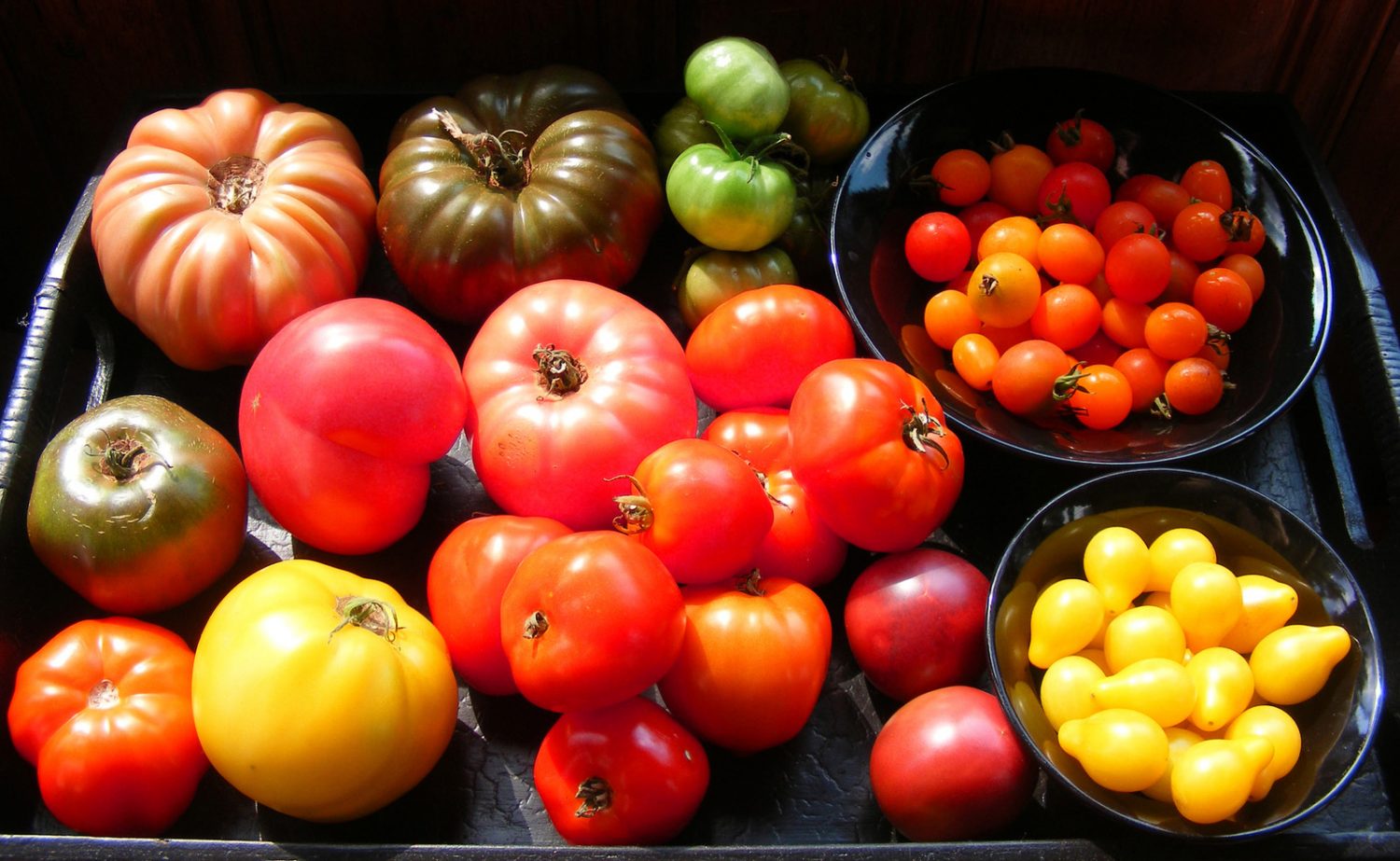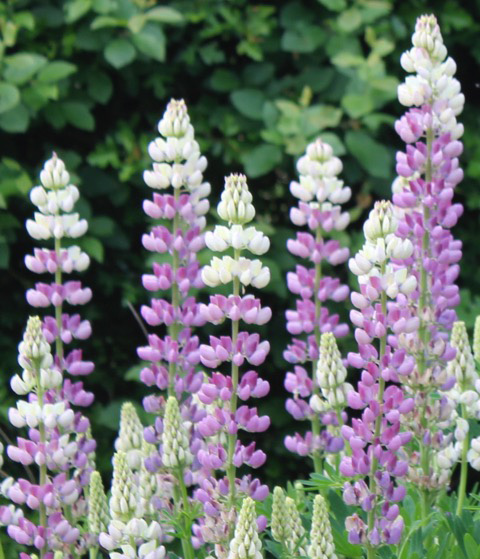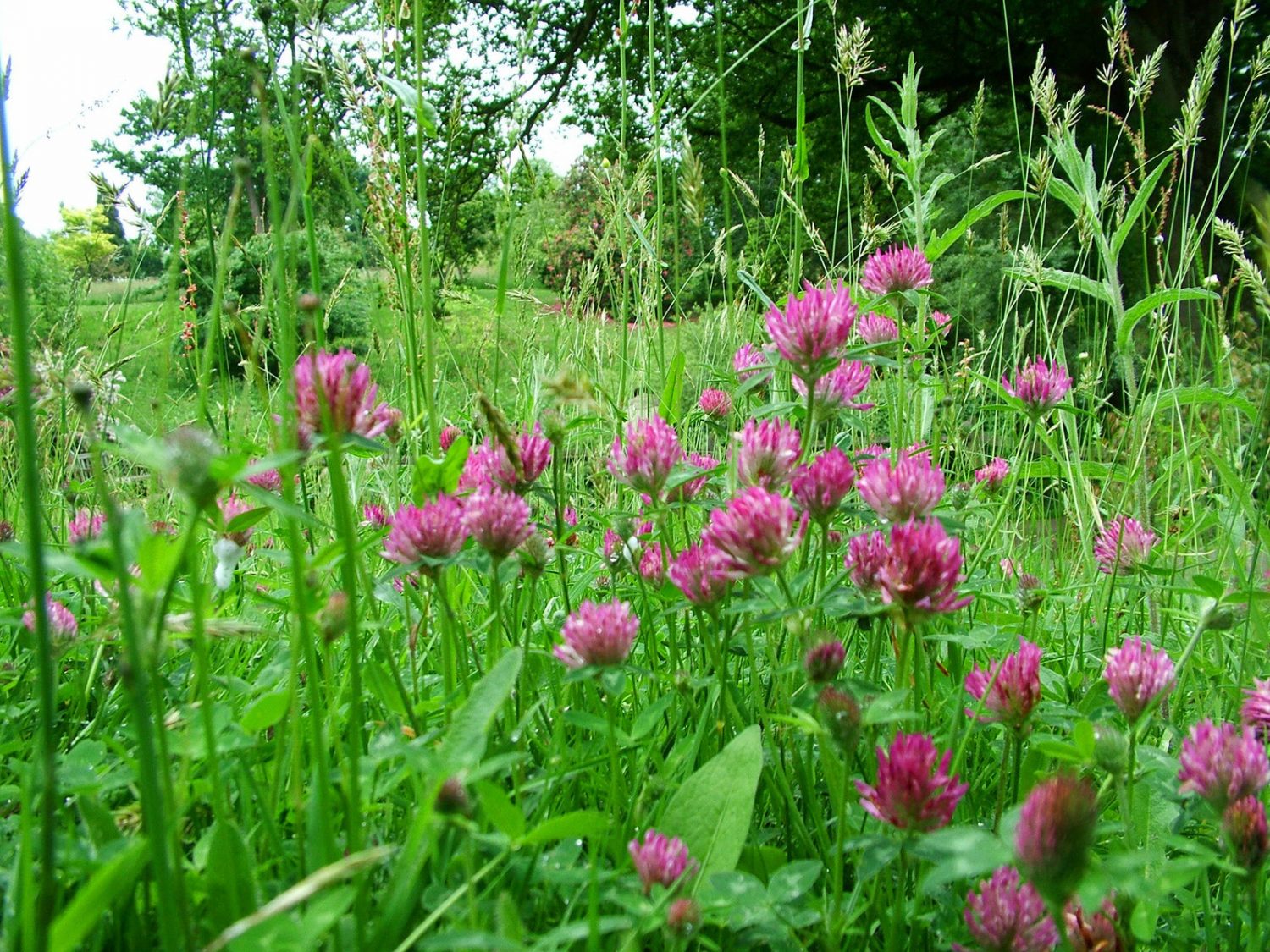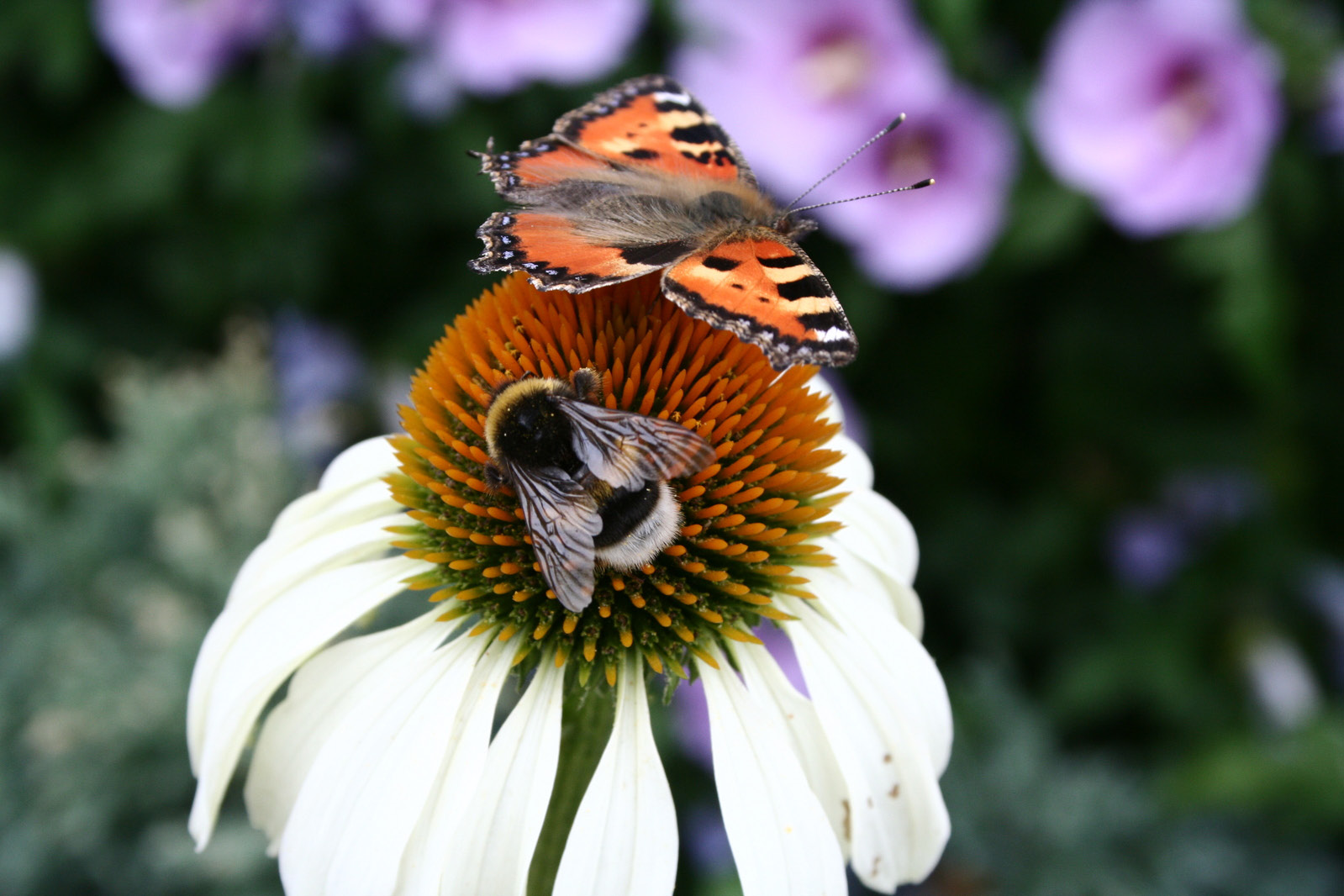Hark! Is that the merry thud of the Christmas post, or rather, the post-Christmas post landing on the mat? The arrival of the seed catalogues is – for sad old me anyway – part of the magic of the season. It might be dire and dismal outside, but inside their glossy pages it’s already high summer and looking gorgeous. The fact that these are just pictures and ideas of what could appear after laborious sowing, growing and nurturing is, right now, in the depths of winter, a side issue. I’m ashamed to say that even before the turkey’s cold I’m ready to settle down in front of the fire with a pile of them and start my spring dreaming.
Seed sowing trends for 2016
The gardening world turns fairly slowly, so many of last year’s trends are still in our minds for this year, but the seed catalogues are a good place to look for up-and-coming ideas, especially for new plants and new colour schemes. The pastel colours of a few years ago are becoming a bit deeper, more muted; I’m enjoying the coppery tones, faded dusky pinks and the ‘antique’ look, that’s popular at the moment.
Heirloom varieties – There are also subtle changes on the grow-your-own front, and more people are growing heirloom vegetables. There’s a huge range of crops available now: everything from rainbow carrots and purple-pod peas to beetroot with a candy stripe. We’re also growing for flavour and for the un-buyable taste of home-grown and freshly harvested. The heirloom, or heritage, tag is banded about in much the same way as ‘vintage’ and ‘retro’ are used in fashion and interiors, but to be a proper heirloom variety, the seed needs to be at least 70 years old and ‘open pollinated’. This means that it will reliably come true from collected seed each year so, in theory at least, you need only buy once. Heirloom vegetables are renowned for their flavour, rather than supermarket uniformity. If you want an ‘uber’ crop (think of all those lovely straight rows standing to attention) then choose an F1 variety. This denotes seed that has been bred to create a champion plant with all the best characteristics of its parents, plus an enigmatic superpower called ‘hybrid vigour’ to make the seed extra fast growing and high yielding. These are the racehorses of the seed world, so they come at a price; not quite the price of a racehorse, but much more expensive than ordinary seed.
Meadow flowers – We are still stuck on the meadow theme it seems, but the loose, romantic look is becoming more sophisticated, and interesting flower combinations are appearing. It’s a style of gardening that looks carefree and simple, but requires some thought and co-ordination in order to avoid a messy tangle of competing plants. The good news is that a blousy, meadow-style border can be made from scratch in an instant (a horticultural instant, that is) from just a few packets of seeds. It’s a fun and relatively cheap way to experiment with colour and style too.
Butterflies and bees
Pollinators need nectar rich flowers and our crops need pollinating. This is true on a macro scale, and in our domestic spaces too. We are mad about the bees; for very worthy, planet saving reasons and because they bring our gardens to life. Growing companion plants in the veg patch and simple (as opposed to over-frilled and sterile double) blooms in the borders will bring beneficial insects, beautiful butterflies and buzzing bees into your garden.
Cut flowers
Annuals make ideal cut flowers because the simple act of cutting them keeps them flowering, and the more you cut, the more you get. Flowers like sweet peas, cerinthe, cosmos, and sunflowers are easy to grow from seed and once they start to flower, will fill your vases all season long.
A perennial problem
I don’t want to put anyone off growing perennials from seed, but it’s worth looking into it a bit before you do. Many perennials need stratifying to break their dormancy. It’s a trick of mother nature’s, enabling the seeds to germinate only when conditions are right. So they may have to go through vernalisation (a period of cold, such as the winter), or the seed coating needs some form of abrasion, (many are triggered out of dormancy by passing through the digestive tract of an animal). They may need to be sown fresh, covered by soil and kept in the dark, or left to germinate in the light – or all of the above. Annuals and biennials on the other hand, haven’t got time to mess about waiting for the equivalent of a handsome prince to stir them into action. Their life is short and to the point – their only job is to flower and set seed for the next generation, so they’re under starter’s orders as soon as you tip them out of the packet, and will virtually germinate before your eyes. If you’re growing plants from seed for the first time, or want to encourage the children to join in, growing annual seeds is a good place to start.
Six of the best seed catalogues
There are lots of good seed suppliers to choose from (see bottom of page). The following catalogues stand out for me, but I can’t promise a scientific comparison of them. It’s not all about yield; half the fun is being inspired-planning the perfect patch and choosing what to grow.
Chiltern Seeds – has quirky and charming descriptions of the plants that make for an entertaining read, even if you don’t end up placing an order. The printed catalogue is description only, but the online version now has pictures of the plants too. Chiltern offer an enormous range of seeds, and it’s easy to get tempted into sowing seeds of unusual plants or even giant trees. You have been warned…
The Real Seed Catalogue – sells new and unusual heirloom vegetable seed, although most varieties
have been around for at least 100 years. These vegetables have been grown for their flavour, reliability and beauty. You won’t find any F1 hybrids in this catalogue.
Kings Seeds – this company have been producing their own seed for many years, both for wholesale distribution and direct to the public. They offer very good value for money and have a broad range of no nonsense vegetables and flowers.
Seeds of Italy (Franchi) – are very generous with their seed and good for Mediterranean vegetables like tomatoes, courgettes, and also salad leaves, green beans and cavolo nero (Tuscan black kale). I like their strapline too – ‘you will reap what you sow.’ It must sound less ominous in Italian.
Sarah Raven sends out ravishing catalogues and has a great website. It’s a really good source of inspiration, especially for cut flowers, colourful veg and companion plants. The instructions that arrive with each order are excellent, but their seeds are quite expensive and they’re a bit mean with quantities.
Special Plants is run by Derry Watkins, a well respected nurserywoman and plant hunter based in Wiltshire. Much of the seed is collected from the nursery and is supplied very fresh. They are helpful, informative and respond quickly to queries.
It might still be several months before we can start sowing all the enticing seeds from the catalogues, but just thinking about it makes the spring feel a tiny bit closer. From the depths of bleak, dark January, let’s march forward with Seeds of Italy’s motto ringing in our ears. We will indeed reap what we sow. Happy new growing season!
TEST
Heirloom varieties are renowned for their flavour, rather than supermarket uniformity
TEST
We will indeed reap what we sow
TEST
Meadow flowers
- words: Jo Arnell
You may also like
Go with the Flow
Sue Whigham shares some valuable new-to-gardening advice I’m sure that by now we should be used to the rain but I’m not entirely sure that we are. We had a dry, sunny day the other day and how everybody’s mood...
Farm Fables
Jane Howard gets to the bottom of why so many ponds have disappeared across the High Weald I have a new passion, almost an obsession, it’s about ponds. And there’s a distinct possibility I might become a bit of a...
Hedge Issues
Sue Whigham takes a meander along nature’s verdant and vital corridors Recently the BBC’s Today programme carried a feature about England’s hedgerows which created a lot of interest among listeners. On the strength of that, Martha Kearney interviewed one of...















